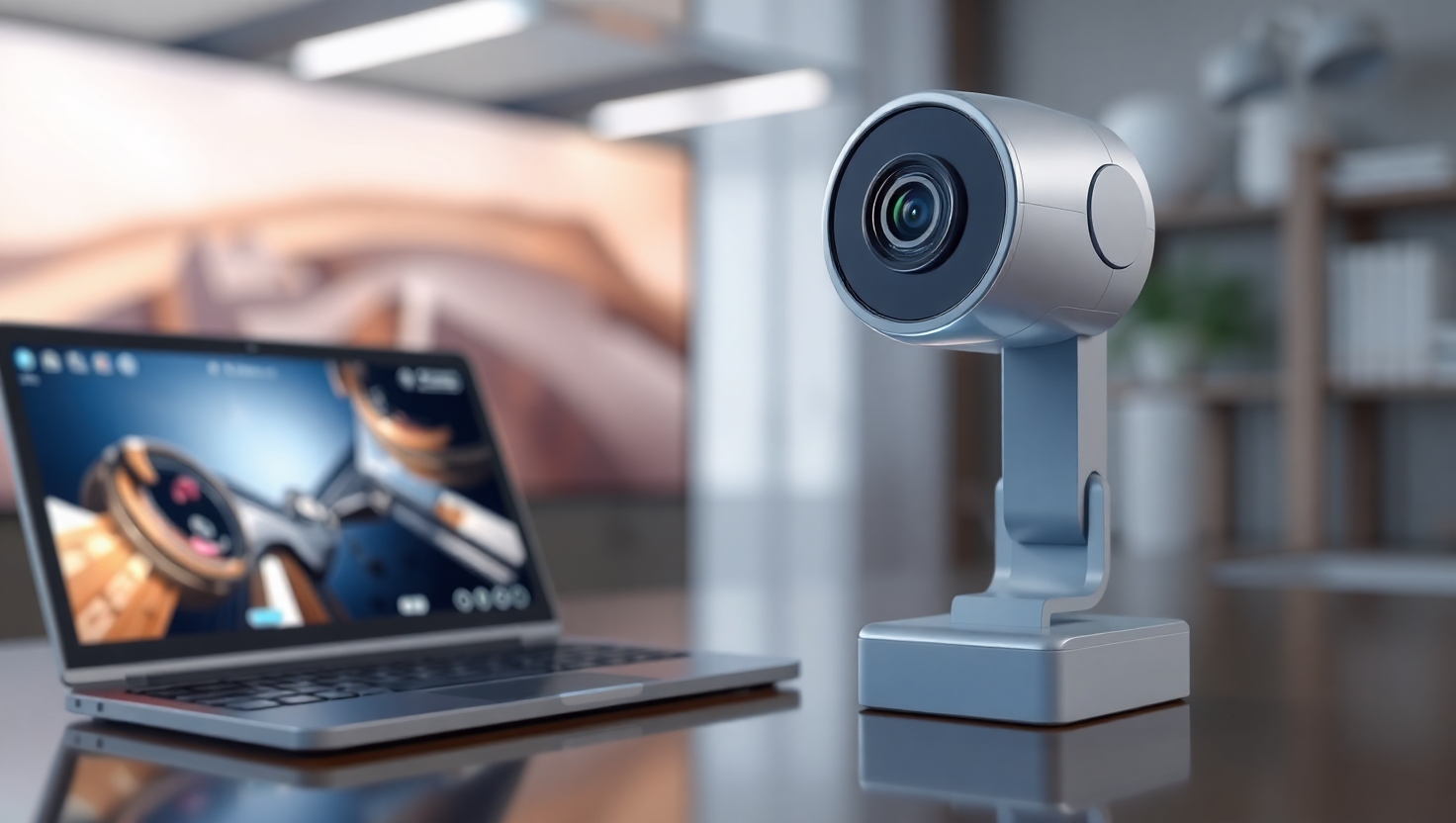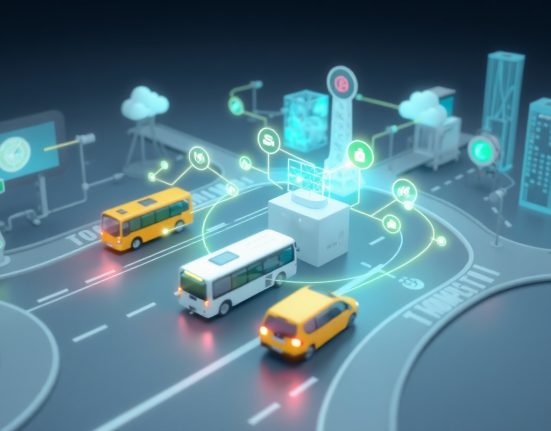Looking at today’s webcams, it’s hard to believe that not too long ago they were just simple plastic boxes with a lens and blurry pixels. The big revolution started when engineers decided to embed artificial intelligence chips directly into the hardware, and suddenly the camera became a device that knows how to think. This isn’t just a technical upgrade – it’s a complete game-changer that’s transforming how we experience video calls.
The idea of local processing at the hardware level is what makes all the magic happen. Instead of sending all the information to your computer’s main processor and overloading it, the camera itself handles all the complex calculations. The special chip installed in it can recognize faces in real-time, track movements, separate background from foreground, and even automatically improve image quality. The result is dramatically better performance with lower resource consumption from your main computer.
One of the most impressive features is automatic person tracking. Modern AI cameras can identify you and follow you as you move, predict where you’re going, and adjust zoom and focus accordingly. This means even if you get up from your chair in the middle of a meeting, the camera will keep tracking you and make sure you stay centered in the frame. This technology uses advanced computer vision algorithms that learn your movement patterns and adapt to your habits.
The image quality itself gets a major boost. These special chips can perform real-time noise reduction, smart lighting correction, and even background replacement at a level that rivals professional editing software. They analyze every pixel in the image and understand what belongs to the human body and what belongs to the background, allowing complex processing without needing additional hardware or green screens.
The real magic lies in the advanced audio capabilities. Modern AI webcams come with array microphones that can identify where sound is coming from, perform active background noise reduction, and even enhance voice quality in real-time. They can distinguish between different voices in the room and focus specifically on the main user’s voice, enabling clearer conversations even in noisy environments.
Security and privacy get special treatment. Smart AI cameras can detect when someone else enters the frame and automatically blur them out, or turn off the camera completely if a sensitive situation is detected. They can also perform video encryption at the hardware level, adding an extra security layer that’s hard to crack.
The future looks even more exciting. Research is advancing toward cameras that will be able to detect emotions and adjust the image accordingly, cameras that can translate body language to text, and even cameras that can perform real-time language translation with lip synchronization. This field is developing so fast that what seems like science fiction today will be tomorrow’s reality.














